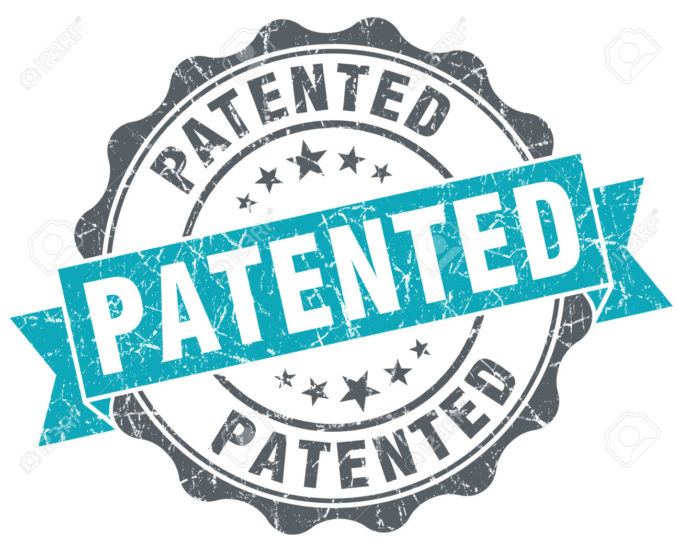
Lexmark International v. Impression Products: Supreme Court Hears Case on Patent Exhaustion Doctrine and Post-Sale Restrictions
By Alex Noonan – Edited by Colette Ghazarian
Last week, the Supreme Court heard oral arguments in their review of the Federal Circuit’s decision in Lexmark Int’l Inc. v. Impression Products, Inc., No. 2014-1617, 2014-1619 (Fed. Cir. Feb. 12, 2016) hosted by scotusblog.com. Lexmark, a large manufacturer and distributor of printers and toner cartridges, sells some of its cartridges with a single-use or no-resale restriction, requiring that customers return the cartridges to Lexmark rather than refill or resell them. Lexmark, No. 2014-1617, 2014-1619 at 9–10. Lexmark’s cartridges are equipped with chips that prevent customers from refilling and reusing the cartridges. Id. at 10. Companies such as Impression Products have managed to circumvent this chip, refilling used cartridges, which Impression then sells at reduced prices. Id. at 10–11. Lexmark sued Impression for patent infringement. Id. at 12–13.
Whether Impression is infringing on Lexmark’s patents depends on the court’s application of the “exhaustion doctrine,” which acts as a limit on the rights of patent owners post-sale. The Supreme Court recently articulated exhaustion, a very old common law doctrine, in Quanta Computer, Inc. v. LG Electronics, Inc., No. 06-937, (June 9, 2008) Slip Opinion hosted by EFF.org, explaining that the “initial authorized sale terminates all patent rights to the item.” Quanta slip op. at 2. Lexmark’s infringement claim turns whether it can avoid “exhaustion” by giving customers adequate notice of the single-use and no-resale restrictions. As Kerry Sheehan, writing for the Electronic Frontier Foundation (EFF), explains, contract law limits when companies can impose post-sale restrictions on users; consequently, companies like Lexmark hope to avoid the exhaustion doctrine and enforce their restrictions through patent law instead.
The Federal Circuit made two critical decisions in Lexmark. First, the Court concluded that as long as the use restrictions are “communicated to the buyer at the time of sale,” the rights of the patent owner to control use are not exhausted by the sale. Lexmark,No. 2014-1617, 2014-1619 at 98. Second, all overseas sales, even authorized sales conducted by the patent owner, do not exhaust the patent owners right to control use post-sale. Id. The court based its decision on the language of the 1952 Patent Act. See generally, id.
Steve Brachman of IP Watchdog covered the oral arguments before the Supreme Court last week. Constantine Trela argued on behalf of Lexmark that just because a patent owner can sell all the rights she owns, does not mean she must. This all-or-nothing approach, she argued, is unfair to patent owners, who should be able to extract value from downstream markets that unfettered resale captures instead. Trela also argued that as a practical matter, companies would not pursue litigation against individual downstream consumers. Ronald Mann of Scotus Blog explains that Lexmark relies mainly on a “careful and detailed reconstruction of the court’s precedent,” though an amicus brief by Qualcomm made policy arguments pointing out that were the court to stop enforcing these contracts now it would negatively impact existing supply chains. The brief also noted that while there may be a decrease in competition from resale markets, there is still competition among business models, for example, Epson’s selling of a more expensive printer with refillable ink.
Kerry Sheehan of the EFF points out that these restrictions have significant notice problems. By affixing notices to packaging, downstream users may not be aware of the restrictions, creating uncertainty and leaving average consumers open to infringement suits. More importantly, these types of restrictions undermine what it means to own a product. Further, Jeff John Roberts of Fortune explains that patent owners already benefit from monopoly pricing upfront, and therefore, Impression supporters argue they should not be entitled to two bites at the apple. Further, Roberts notes that the restrictions raise concerns in other industries. For example, the AARP filed an amicus brief discussing the ruling’s potential effects on the drug industry, and a group of IP professors filed an amicus brief expressing concern about the potential to eliminate the car resale market entirely. Adam Liptak of the New York Times notes that amici supporting Impression are also concerned about the foreign resale decision in light of how high-tech products contain parts with numerous different patent owners, creating the opportunity for patent owners to authorize foreign sales of components and then sue US purchasers of the completed products.
The case has attracted significant attention and resulted in the filing of over thirty amicus briefs. It is difficult to predict the outcome, though Jeff John Roberts of Fortune notes that the Supreme Court has been very willing to reverse the Federal Circuit in the past, and that the Justice Department’s brief provides strong support for Impression on domestic-use restrictions. Further, a prior Supreme Court copyright case, Kirtsaeng v. John Wiley & Sons, Inc., No. 11-697, (Mar. 19, 2013) hosted by Bloomberg Law, may provide support for Impression on the foreign-sale decision.
Alex Noonan is a 1L at Harvard Law School.